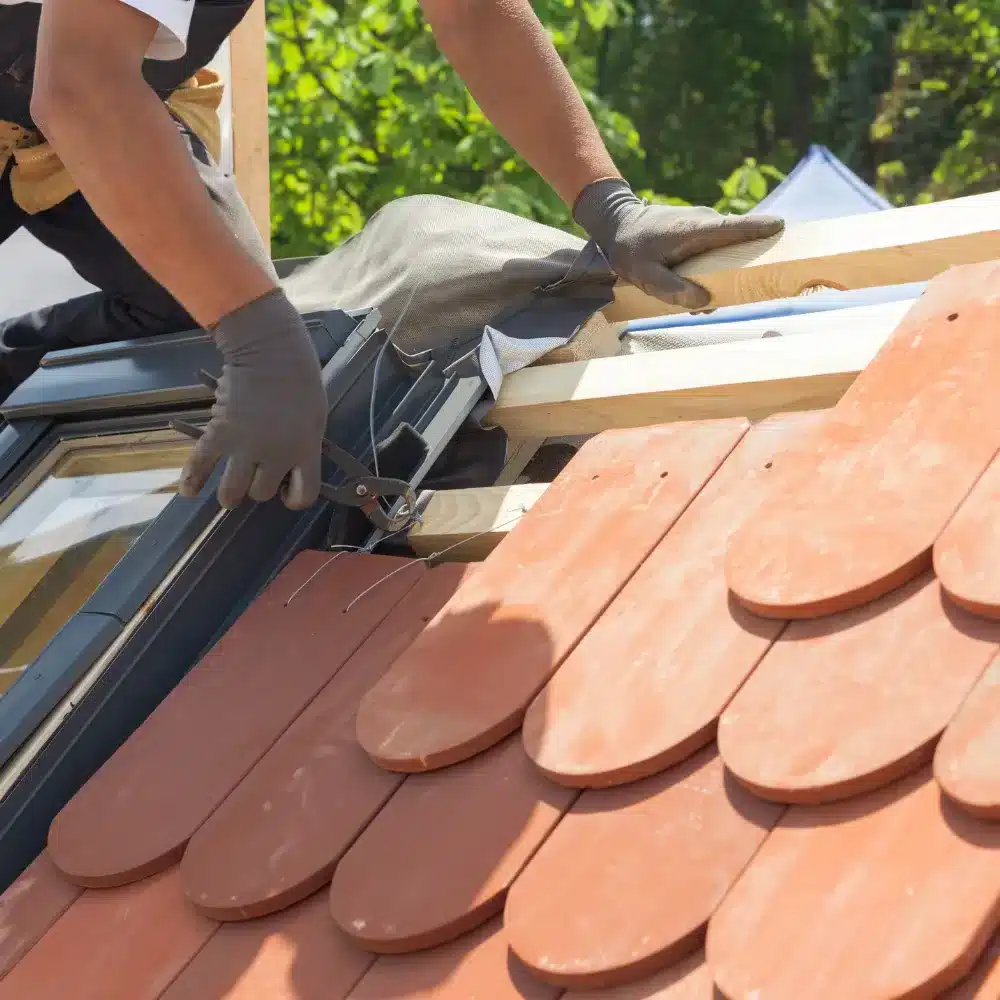There are generally three types of roof coatings you can choose from when restoring your roofing system. These include silicone, elastomeric, and acrylic. A roof coating is a cost-effective option that beats out a full roof replacement for many building owners and residents.
When choosing a roof coating, you must understand the difference in each formula. You should do your research concerning your roof, location, slope, exposure to chemicals, heat, and UV rays.
Here is a breakdown of strengths and weaknesses to determine which roof coating material is best for your current roofing system.
Acrylic Roof Coatings
Roof coatings formulated with acrylic are a good option for clients in a broad range of climates. Acrylic is a water-based solution that matches most roofs. Its major strength is that it offers an incredible balance of cost and performance. Acrylic roof coatings are also highly reflective, UV-resistant, and easy to work with, making it a popular choice for many.
Unfortunately, acrylic loses thickness under the elements. Therefore, specialists at Unforgettable Coatings recommend acrylic roof coatings in drier climates with average temperatures of 50°F and above. However, the sun also degrades acrylics and speeds up the loss of thickness.
Elastomeric Roof Coatings
Elastomeric roof coatings can withstand a range of weather conditions because of their resilient formula. Elastomeric coatings are generally less expensive than other coating types. Though the reflectivity is great this formula is not UV stable for as long as silicone is. For this reason, our specialists usually use elastomeric for positively pitched roof systems or as a base coat.
Combining elastomeric with another coating will make it extremely durable. It will also stay cleaner and more resistant to water and humidity. However, elastomeric roof coatings can have a stronger odor compared to other formulas.
Silicone Roof Coatings
A defining feature of silicone roof coatings is that they are moisture-cured. In some applications, the use of silicone can also eliminate the need for a primer. Since silicone formulas advance curing, silicone roof coatings will weather better than others with nearly no erosion issues. Our specialists typically recommend silicone roof coatings for homes and commercial buildings in wet locations.
However, silicone formulas hold on to dirt and dust, but rain and water can easily clean the roof system right up. Unfortunately, this can cause the roof to lose its reflectivity faster. It is also hard to adhere to silicone, so when a roof needs re-coating, you must re-coat with a compatible silicone.
HOW TO DETERMINE WHICH ROOF COATING IS BEST FOR YOU
After understanding the different roof coatings in the market, you will need to determine which is best for your roof. There are many factors to consider, including the materials of your roof, as well as its size and slope. Looking at all these factors will help you make the right choice in a restorative and protective coating.
Weather is also a crucial indicator of the type of roof coating you need. For instance, a home in a dry and hot environment with a lot of sun exposure may require a different roof coating than a commercial building in an area that experiences cold temperatures.
Considering the seasons and temperatures of your location will be a telling indicator of the damage your roof system might sustain. It will also inform you of the type of coating your roof will need. The differing seasons of your exact location will also make a difference when choosing the right roof coating. All in all, weather, sun exposure, rainfall, and snow possibilities will play a role in selecting the roof coating equipped to handle the damage It will face.
Based on these conditions, you will want to find a roof coating that offers the benefits and protection that your specific roof needs. Luckily, roof coating specialists in your area will work with you to customize the perfect roof coating formula.





